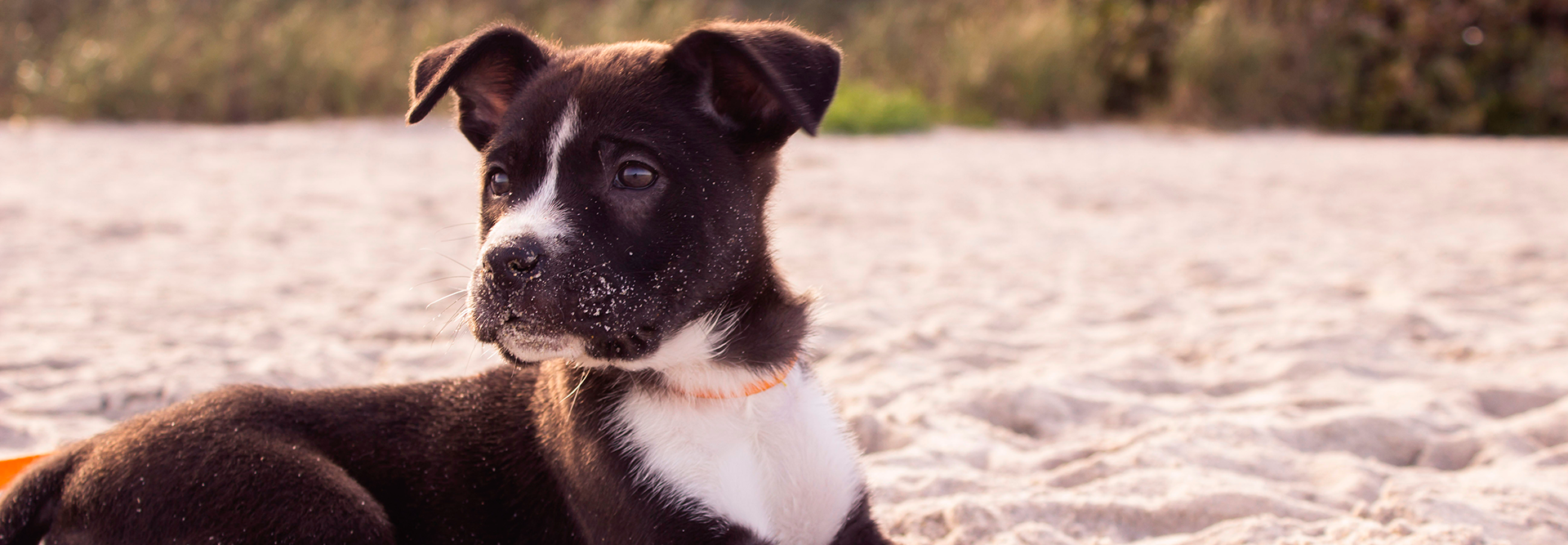
How can I make sure my new puppy and my current furry friend get along with each other? Most puppy parents have this question on their mind when they decide to add a new four-legged friend to their home. If you have a puppy at home and a new one will be joining your family, […]
How can I make sure my new puppy and my current furry friend get along with each other? Most puppy parents have this question on their mind when they decide to add a new four-legged friend to their home. If you have a puppy at home and a new one will be joining your family, there are a few things you need to do to ensure the meeting goes well.
It’s true that dogs are sociable and friendly under the right environment (especially if they’re Petland puppies) but they may feel confused or curious about a new furry friend in their home. One dog might try to dominate the other or there may be some aggression involved. They may also try to fight each other for your attention as they try to co-exist.
The best way to build a strong relationship between your two dogs is to make their first impressions count. How your dogs interact and meet with each other the first few times are what make or break their entire relationship. There are many helpful ways that you can use to introduce your two fur-babies to each other. Let’s take a look at them!
Let your dogs meet each other in an area that’s safe and neutral, like the outdoors. Each of your furry friends should be walked around on a leash. Make sure you take a bag of yummy treats or toys to help ease the meeting. We recommend holding the meeting in your backyard so you can be familiar with the surroundings. You wouldn’t want one of your puppies to bolt off and escape. Walk the dogs for a short distance while keeping them apart. They should be able to see each other but not be overwhelmed by the other’s presence. If your dogs aren’t displaying aggression or fear, be sure to give them some treats and praise. Repeat this a few times.
Keep a close eye on your dog’s every movement and body posture. Remember that dogs don’t use verbal communication to express their feelings—this depends entirely on their body language. And it’s obvious when a dog is defensive, shy or nervous. You may notice your dog’s hair is standing on their neck and back. They may also bare their teeth, growl, stare, or become stiff. These are clear signs of potential aggressive behavior. If you see this posture on either of your dogs, interrupt the meeting by distracting the dogs with another object. Try to get your dogs to calm down before trying again. If your dogs appear relaxed, make the distance between them shorter. Offer treats to both dogs whenever they express relaxed or calm behavior. Repeat this a few times.
Your dogs may want to start playing with each other during the walk or the meeting. If so, let them! Of course, if both of your dogs are more reserved, do not try to force them to play. The most important part of this introduction is to take things slowly. Be patient and make sure that both of your dogs feel comfortable. Once both dogs are able to see each other at a short distance, let one dog interact with the other. You can encourage one dog to walk behind the other and if they’re comfortable, they can walk side by side. Be sure you are closely supervising your dogs the entire time. That way if your dogs begin to show signs of stress or aggression, you can interrupt the session.
When introducing your dogs in the home, use a sturdy baby gate that’s tall enough to separate them. Watch closely how your dogs interact with each other through the gate. If there’s no sign of stress or agitation, give your dogs a treat. Remember to reinforce positive behaviors every time your dogs are calm and relaxed around each other.
Your dogs may end up fighting over anything if given the opportunity. That’s why it’s a good idea to remove all toys, food, or treats around the house. Your dog’s meeting area in the home should be completely neutral at all times. We also recommend pointing out any situations that could lead to fights. For example, one of your dogs may become overly excited and jump on the other, which can lead to aggression. You should be in control of the situation if any problems arise.
Introducing your dogs to each other can be stressful but it’s highly important to be patient. Take things as slow as your dogs want it. If you force their interactions, they may end up resenting each other. And you definitely don’t want two angry pups that always fight with each other. The purpose of a furry family is to have strong bonds and life-long friendship. Therefore, always monitor your dogs during their time together, give treats as rewards, and practice patience. Your dogs will learn to co-exist and be best friends once they grow confident and safe with each other!
If you are a new puppy parent, check out our blog, Tips For New Puppy Parents to learn more about how to care for your new furry friend!